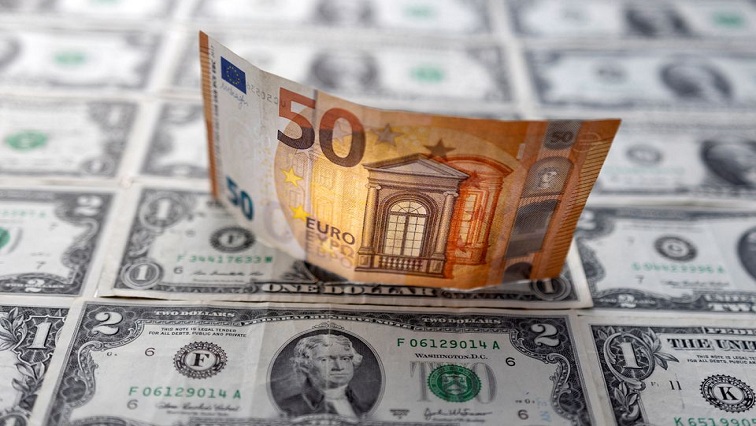Safe-haven demand strengthened the dollar on Tuesday to levels last seen in 2002 while the euro slumped to two-decade lows as the latest surge in European gas prices fueled recession concerns.
The dollar index rose 1.6% at one point and the euro fell as much as 1.75% to lows last seen in late 2002.
It was the biggest single-day decline for the euro and the dollar’s largest one-day gain since COVID-19 roiled markets in March 2020.
Other currencies also tumbled as recession fears tanked stocks in Europe and initially on Wall Street.
Japan’s yen was near 24-year lows again, the Canadian dollar fell to almost 19-month lows and Norway’s crown tumbled more than 2% as gas workers went on strike, adding to European growth concerns.
The risk of Europe sliding into a recession rose after a big 17% jump in natural gas prices in both Europe and Britain looked set to push inflation even higher.
Concerns about how the European Central Bank will react eroded sentiment after German Bundesbank chief Joachim Nagel hit out on Monday at ECB plans to try to shield highly indebted countries from surging borrowing rates.
A risk-off mood prevailed in markets as an energy crisis looms in Europe, said Bipan Rai, North America head of FX strategy at CIBC Capital Markets in Toronto.
“The threat of a recession in the euro zone is a more clear risk now relative to before,” Rai said.
Traders told Reuters of a major dollar order in early London trading that sparked a chain reaction and sped the euro’s drop as it broke through its 2017 low to tumble to $1.0236.
The heavy volatility also saw the euro drop to the lowest level against the Swiss franc since the Swiss National Bank abandoned its currency cap in 2015.
It fell against sterling too, although the pound’s own economic and political worries had left it below $1.20 again.
The euro’s decline is just a warning sign as to what might happen later this month if Russian gas to Germany is shut off, a move that could push the currency to breach parity and fall toward $0.98 in August, said Nomura Securities.
“We have a central bank that seems to be a gazillion miles behind the curve and more concerned about growth than inflation,” Axel Merk, president and chief investment officer of Merk Investments, Palo Alto, California, said of the ECB.
“None of the central bankers, including (ECB President Christine Lagarde), will say that maybe something is wrong with their approach.” With the euro near two-decade lows, volatility has jumped and trading in options has increased, said Marc Chandler, chief market strategist at Bannockburn Global Forex.
“Whether it is to play for the downside like a speculative move or whether it’s a hedge against long euros, I can’t tell you,” Chandler said.
Sterling slumped against to a two-year low against the dollar on Tuesday as a crisis in British Prime Minister Boris Johnson’s government added to pressure on a currency already reeling from recession fears and a resurgent greenback.
By 1930 GMT it was trading 1.25% lower at $1.195 GBP=D3.
The Australian dollar fell despite the country’s first back-to-back, 50-basis point interest rate hike in recent memory overnight, which also cemented the fastest run-up in rates there since 1994.
The Aussie slid 1.4% to $0.677, after trading as high as $0.6895 earlier in the day.
It is now down nearly 7%this year.
The dollar’s strength nudged the yen down toward a 24-year low, before paring some declines.
It was last at 135.705 per dollar.
Eastern Europe was also feeling the heat as its countries are some of the most dependent on Russian gas.
MSCI’s main EM FX index hit its lowest since November 2020 with Euro-linked currencies such as the Hungarian forint, Polish zloty and Romanian leu down 1.6-2.3% against the dollar.


